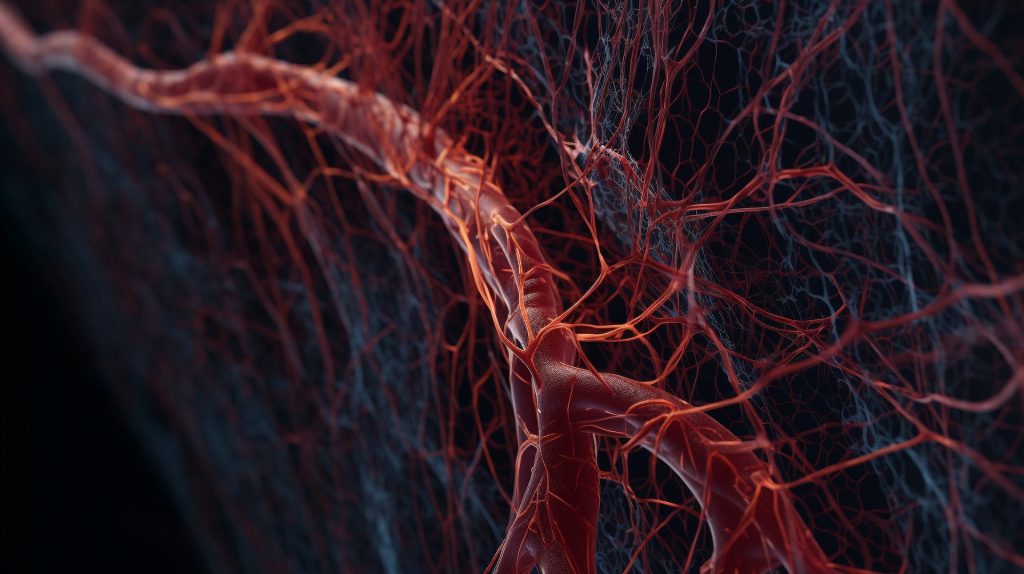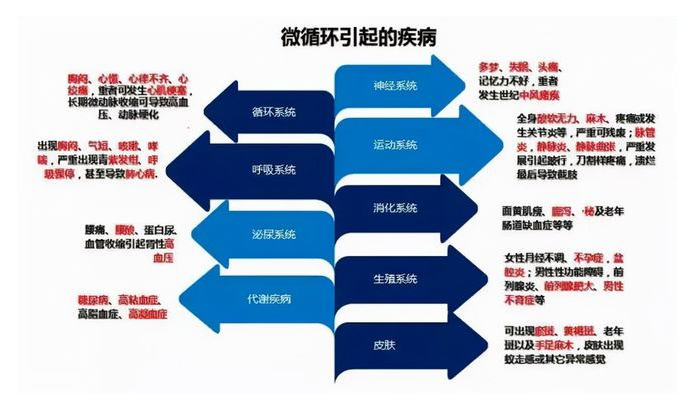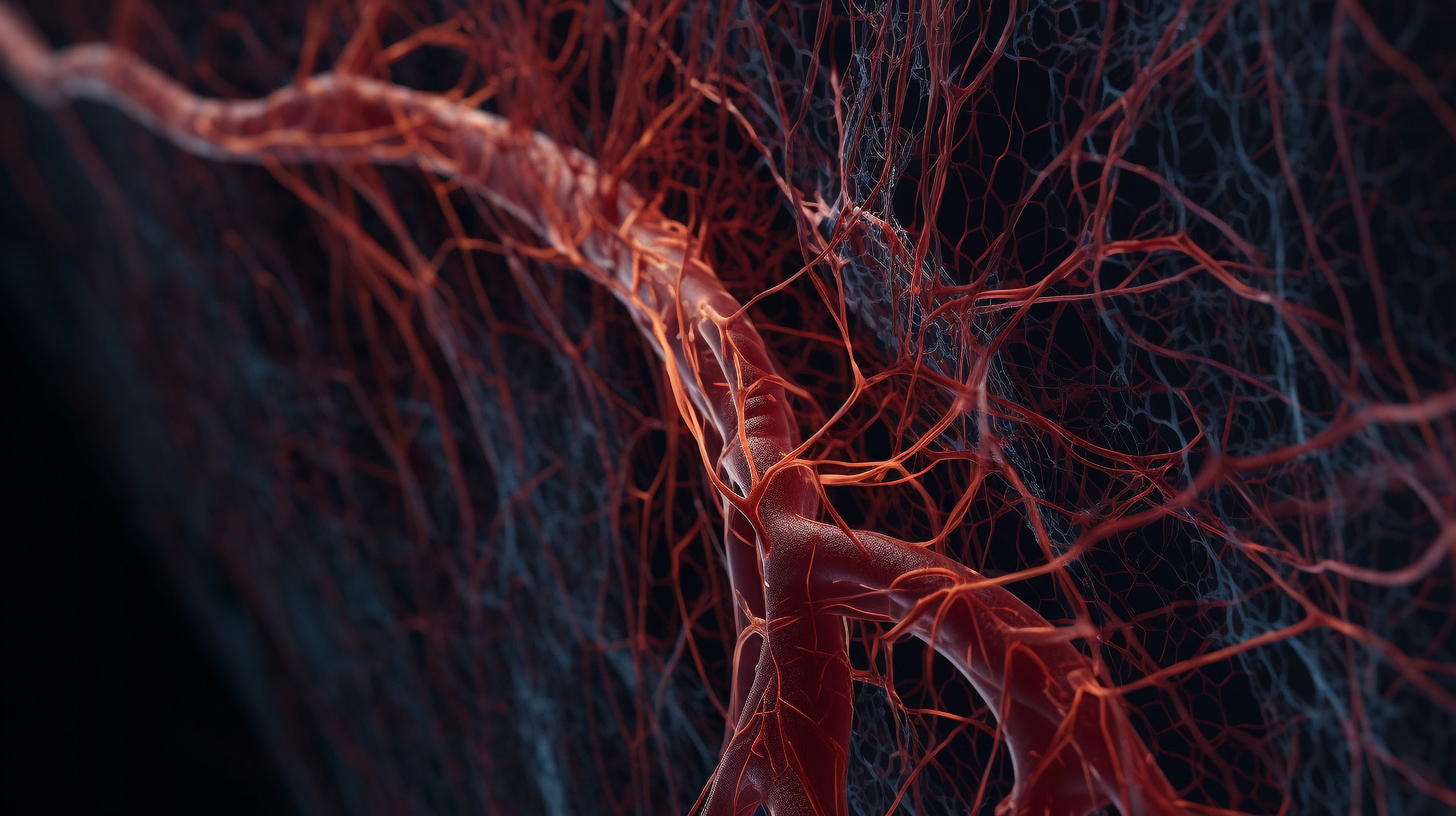World Health Organization noted that eliminating tumors could extend human life by 3.6 years; eliminating cardiovascular and cerebrovascular diseases could add 7 years; maintaining unobstructed microcirculation could extend life by 10 years.
In 1920, Danish scientist Krogh observed microcirculation under a microscope. Since then, the significant impact of microcirculation on health has been increasingly recognized, and the medical community has even dubbed it the “second heart” of the human body!

Microcirculation is so important, do you understand it?
Microcirculation in the human body refers to the part where tiny arterial blood vessels flow into tiny venous vessels, serving as the exchange site where body tissues and cells absorb nutrients and oxygen and expel metabolic waste. It is the lifeline of the cells.
Research has found that if an adult’s microvessels were stretched out, their total length would be approximately 100,000 to 130,000 kilometers, enough to circle the Earth twice. Microarteries and microveins are very narrow, only one-twentieth the diameter of a hair strand, allowing only 1-2 red blood cells to pass through at a time. The walls of microarteries and microveins are very thin, only 1/100th the thickness of a sheet of paper. The blood flow in microarteries and microveins is very slow, at a rate of 1 millimeter per second. The characteristics of being long, narrow, thin, and slow make maintaining unobstructed microcirculation challenging. Once the microcirculation in the body is obstructed, the corresponding tissue systems or internal organs can be affected and fail to function normally, which can lead to aging, immune dysfunction, and disease.
Do you know the dangers of microcirculation disorders?
In reality, temporary microcirculation disorders are often covert due to their lack of obvious symptoms, but their damage to the human body is far from gentle. Unnoticed, they cause “fixed” damage of varying degrees to different parts of the microcirculation system, progressively exacerbating from mild to severe, and subsequently impacting the function of major blood vessels throughout the body, leading to systemic diseases. Professor Zhao Kexen, Vice President of the Chinese Society for Microcirculation, points out that microcirculation disorders can cause 414 types of diseases and 33 types of malignant tumors, making it a source of numerous ailments.
As people age, the various discomforts and diseases caused by microcirculation disorders have become invisible and intangible health risks for modern individuals!
When the nervous system experiences microcirculation disorders, it can lead to headaches, dizziness, insomnia, frequent dreaming, and memory decline; severe cases may result in stroke, hemiplegia, senile dementia, sciatica, and peripheral neuropathy.
When microcirculation disorders occur in the cardiovascular system, they can cause chest tightness, palpitations, angina, irregular heartbeats, and severe cases may lead to myocardial infarction, with prolonged microarterial constriction causing hypertension and coronary heart disease.
When microcirculation disorders affect the respiratory system, they can lead to symptoms like chest tightness, shortness of breath, coughing, asthma, and bronchitis.
When microcirculation disorders occur in the endocrine system, they can lead to hyperthyroidism, diabetes, mastitis, and lobular hyperplasia.
The musculoskeletal system, reproductive system, digestive system, urinary system, and even the skin can all develop diseases when Microcirculation disorder is blocked! Therefore, promptly clearing microcirculation blockages is one of the most important ways to achieve health.

Microcirculation is a crisscrossed, networked river of life and health. Ensuring smooth microcirculation keeps chronic and sub-health conditions at bay, reduces the occurrence of diseases, and promotes faster recovery.

